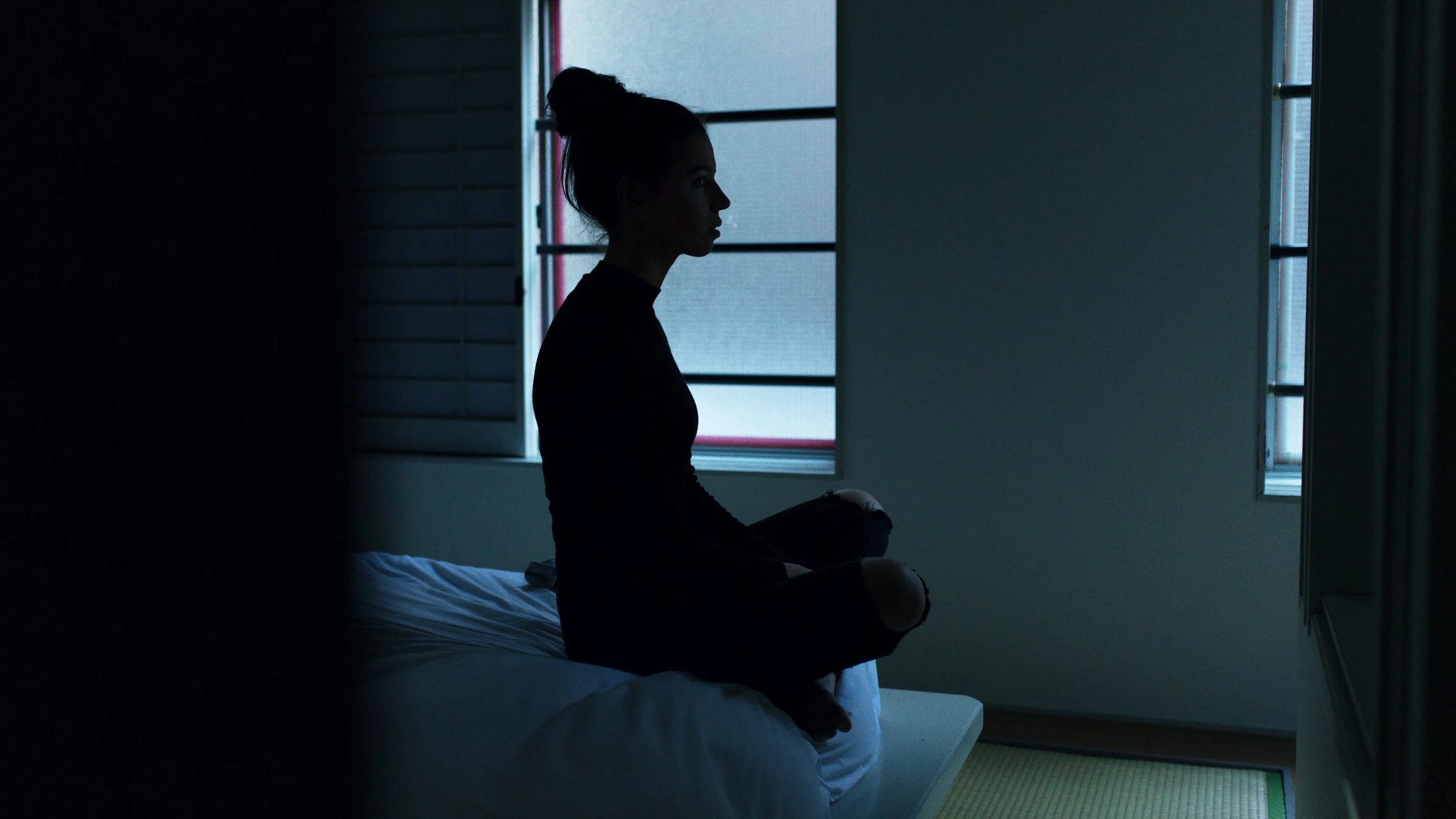Social Anxiety Disorder
Most people encounter social situations which lead to heightened anxiety.
Going on a first date or job interview is often associated with nervousness. Some situations, such as public speaking, tend to produce higher anxiety and to be avoided if possible. Elements of social anxiety are evident in these situations. Essentially, the situation is deemed an important one because the evaluation and approval of another person is involved.
Social anxiety disorder (SAD), also known as social phobia, is associated with fear and avoidance of social situations that interfere with normal routines. A person with SAD often has anxiety about everyday interactions involving being noticed or judged by other people.
Individuals with SAD have intense anxiety about social situations and often experience:
Fear of negative judgment or evaluation
Worry about being embarrassed or humiliated
Intense fear of interacting or talking with strangers
Fear that others will notice their signs of anxiety
Fear of looking anxious as evidenced by blushing, sweating, trembling, or having a shaky voice
Avoidance of being around people or speaking to people out of fear of embarrassment
Avoidance of being the center of attention
High anxiety in anticipation of a feared activity or event
Difficulty paying attention in social situations do to over-thinking one’s actions moment by moment
Going over a social interaction and identifying perceived flaws afterward
Expectation of the worst possible consequences from a negative experience during a social situation
Prevalence
Epidemiological studies have revealed that SAD has a prevalence of 5 to 10% and a lifetime prevalence of 8.4 to 15% (Rose & Tadi, 2022).
Rates of social anxiety increased by 25% during and after the covid pandemic, and there are indications that rates are remaining higher than pre-pandemic levels.
How does shyness differ from a diagnosis of SAD?
Shyness is a tendency for an individual to be reserved and quiet in novel social situations. Often, a shy person will take a while to warm up to new people. Shyness is common among pre-school and elementary aged children and may be heightened with certain types of people, such as adults or strangers.
SAD often begins with shyness but is much more intense and generalized. A person with SAD experiences more severe anxiety and avoidance behaviors. SAD involves greater worry and anticipatory anxiety about social situations, avoidance of social interactions, and the tendency to critically evaluate one’s performance after an interaction.
Treatment for SAD
Research supports the use of both cognitive-behavioral therapy and medications in the treatment of social anxiety.
CBT includes cognitive restructuring, exposure therapy, and behavioral experiments. The goal of treatment is to challenge unrealistic and unhelpful patterns of thinking that contribute to social anxiety. Exposure therapy helps an individual to repeatedly confront anxiety provoking situations and to experience a gradual reduction in anxiety over time. Behavioral experiments allow a person to experience new situations, to apply CBT techniques, and to change behaviors gradually.
Research studies support the effectiveness of CBT delivered via individual, group, and remote formats. To learn more, call for a consultation.
*The information and resources contained on this website are for informational purposes only and are not intended to assess, diagnose, or treat any medical and/or mental health disease or condition. The use of this website does not imply nor establish any type of therapist-client relationship. Furthermore, the information obtained from this site should not be considered a substitute for a thorough medical and/or mental health evaluation by an appropriately credentialed and licensed professional.*


